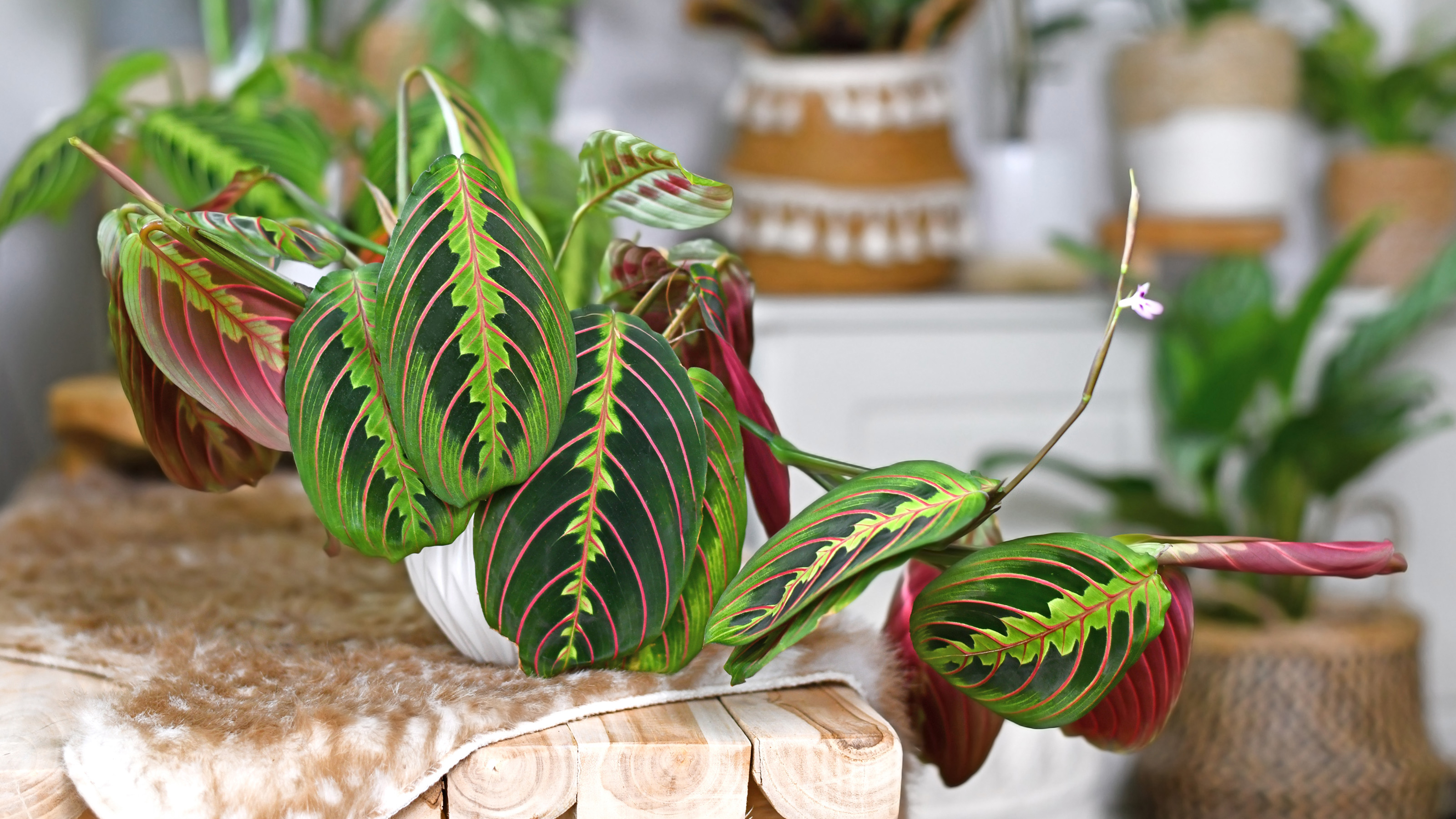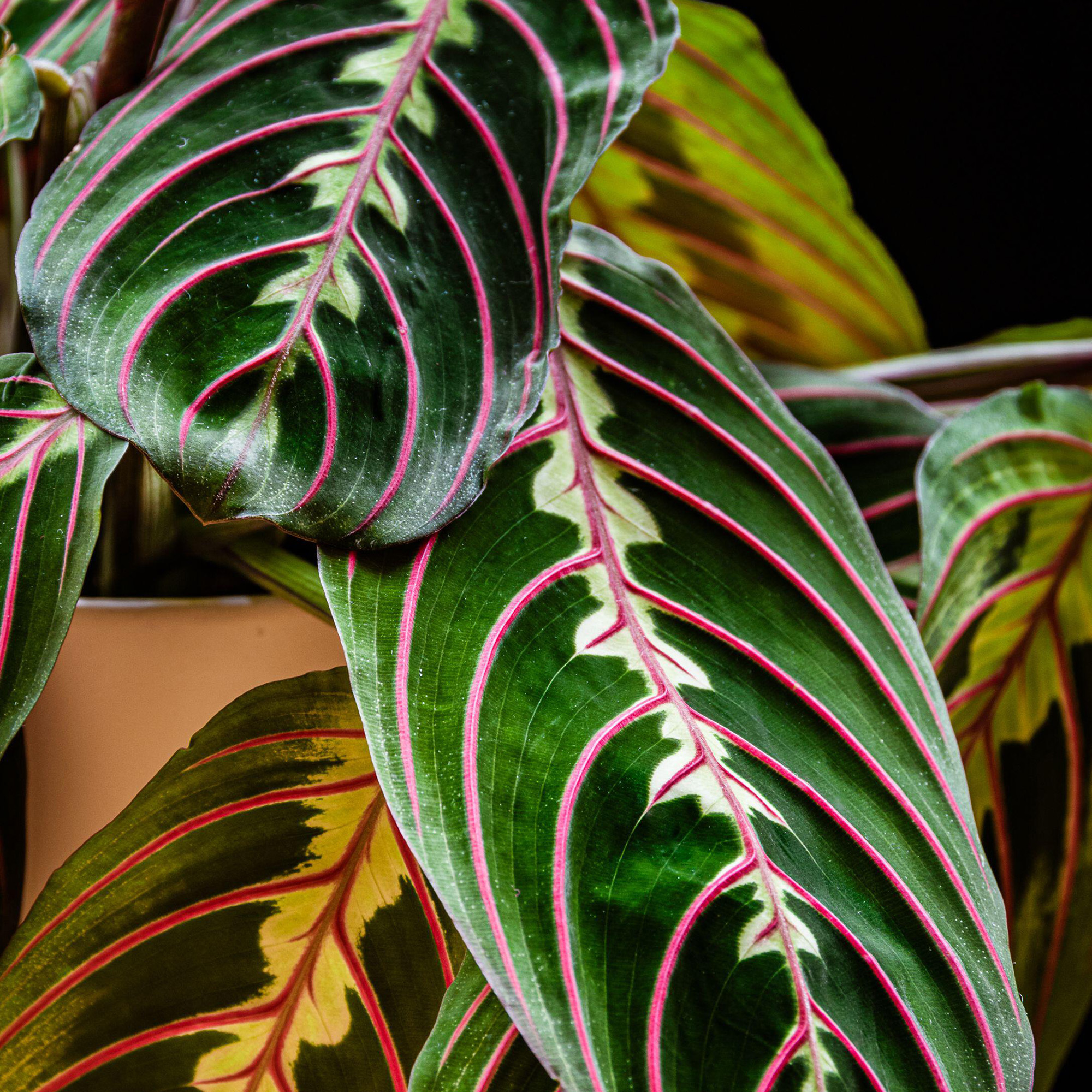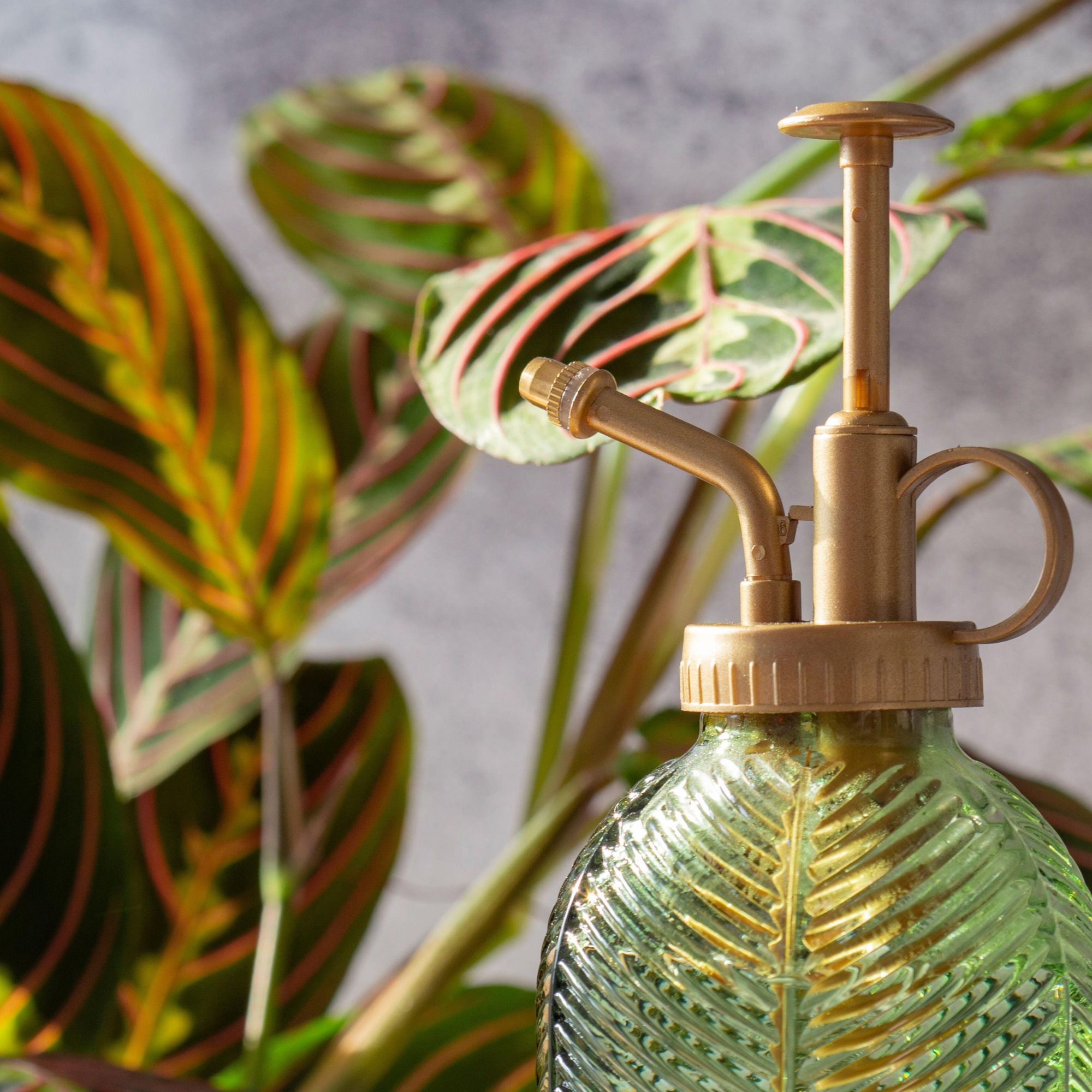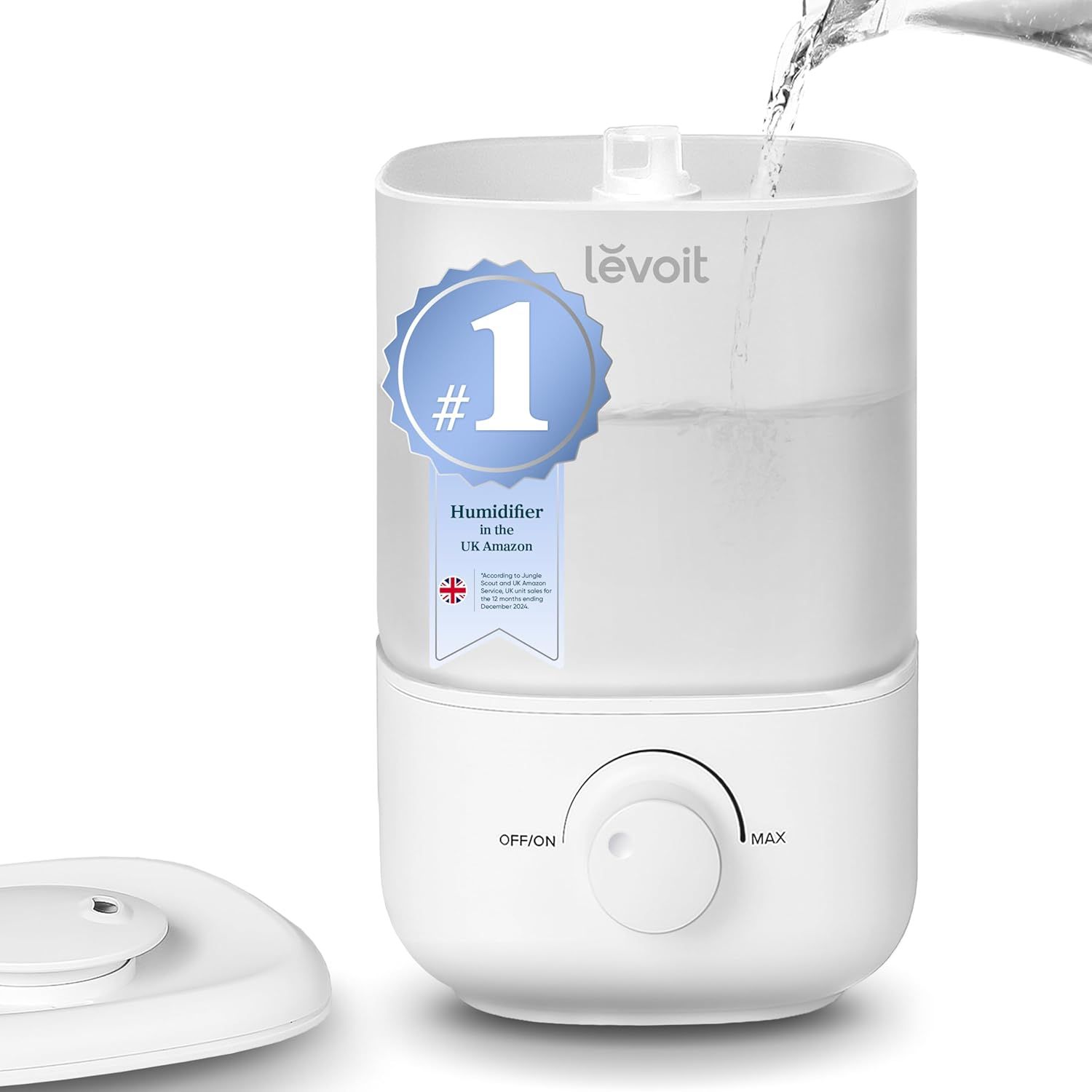3 reasons your prayer plant leaves are curling, and the best way to fix them according to house plant experts
From watering schedules to placement


It's a difficult time of year for houseplant owners. The drop in temperature, lower levels of natural light and the return of central heating make for a difficult habitat for houseplants – especially tropical ones like prayer plants.
Even if you know how to care for a prayer plant, this doesn't mean you are immune to prayer plant leaves curling. 'Prayer plant leaves curling this time of year often signal that the plant is struggling with the shift from warmer summer conditions to cooler autumn ones. Nights are longer and temperatures start to drop, sometimes quite suddenly, which can stress these tropical plants that prefer stable warmth and humidity,' explains Andy Little, houseplant buyer at British Garden Centres. Thankfully, a few easy changes to how to care for a prayer plant can help bring your plant back to life.
Several common winter houseplant problems can cause prayer plant leaves curling – so the first step to solving this problem is to identify which problem is the one affecting your plant.
1. Underwatering

'When it comes to most houseplant care problems, the first place to look is your watering schedule,' says Sonia Kainth, brand executive at House of Kojo, and prayer plant leaves curling are no different. After all, incorrect watering is one of the biggest killers of houseplants.
'Curling leaves on a prayer plant are a common sign of underwatering. When the plant doesn't have enough moisture, the leaves curl inward to reduce the surface area and conserve water,' says Lisa Price, founder of Root Houseplants. 'Check the soil; if the soil is dry, give your plant a thorough watering, and if by the following day the leaves haven’t uncurled, the plant may have been dry for too long, causing the roots to die back.'
Underwatering is particularly common at this time of year, as the soil dries out more quickly when the central heating is on – possibly even more frequently than during the summer months.
A moisture meter, like this digital reader from Amazon, lets you assess whether your plant needs watering – preventing you from overwatering or underwatering your prayer plant. A moisture meter will also help you discover whether your prayer plant leaves curling is a result of incorrect watering.
Sign up to our newsletter for style inspiration, real homes, project and garden advice and shopping know-how
To rejuvenate a Prayer Plant with curling leaves, Morag Hill, co-founder at The Little Botanical, recommends watering weekly from the base. 'Place your Calathea in the sink once a week and allow it to soak up the water it needs. Leaving it overnight will allow the plant to take up what it needs and help uncurl those leaves. Continue your watering regime and ensure your plant is getting good light to encourage the leaf to unfurl.'
You should also consider the best time to water houseplants, too.
2. Low humidity

From personal experience, I have found that low humidity is the culprit of my prayer plant leaves curling – especially once the heating goes on.
This is something Connor Towning from Beards & Daisies explains:
'Curling leaves on a Prayer Plant are most often a sign of stress. These tropical plants love moisture, so when the air gets dry from central heating, their leaves curl inwards to conserve water,' says Connor. 'Over the past few weeks, the colder weather and use of central heating have made this especially common.'
Thankfully, this is easy to remedy. Personally, I use a spray bottle – like this 300ml bottle from Amazon – filled with water and spritz my plant every few days. Alternatively, Connor suggests 'increasing humidity with a pebble tray or humidifier, and keep the soil lightly moist - never bone dry or soggy.' Regardless of whether your prayer plant leaves are curling or not, make sure you don't stop misting plants even though it's winter.
'Grouping plants together also helps increase humidity,' adds Morag Hill, co-founder at The Little Botanical. Alternatively, consider moving your prayer plant to the bathroom, which naturally has higher humidity. Prayer plants are one of the best bathroom plant ideas after all.
3. Too much sunlight

At this time of year, there is less natural light available. So while your prayer plant may have had enough sunlight during the summer months, it may now be starting to struggle – especially with evenings getting increasingly darker.
'Prayer Plants dislike strong, direct sunlight, which can cause the leaves to curl or fade. Bright, indirect light and regular misting will usually help them perk up again,' says Jo Lambell, founder of Beards & Daisies.
Lisa Price from Root Houseplants seconds this. 'Curling leaves can also be a protective response to receiving too much light; the leaves curl inward to protect the plant from the intense light and heat, which also helps it retain moisture.'
To solve the problem, move your prayer plant to a spot that receives lots of bright indirect light.
If you lack confidence with plant care, products such as Elho's Smart Pebble on Amazon will guide you on whether your plant needs watering or fertilising and if the plant is happy with the current temperature and light levels.
Where light levels are not ideal and you don't want to move it to a different spot, using a plant grow light, like this from Amazon, can let you have the best of both worlds.
What You'll Need

Holly is one of Ideal Home’s content editors. Starting her career in 2018 as a feature writer and sub-editor for Period Living magazine, she has continued this role also adding regular features for Country Homes & Interiors and the Ideal Home website to her roster. Holly has a passion for traditional and country-inspired interiors – especially kitchen design – and is happiest when exploring the countryside and hills of the Lake District. A keen gardener, she is a strong believer that you can never have too many houseplants.
You must confirm your public display name before commenting
Please logout and then login again, you will then be prompted to enter your display name.


